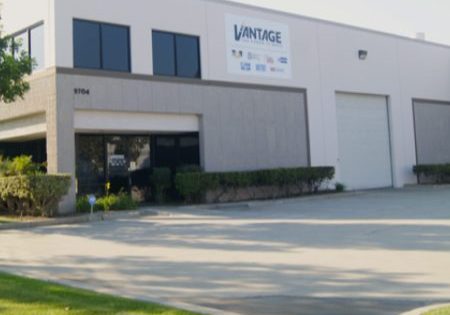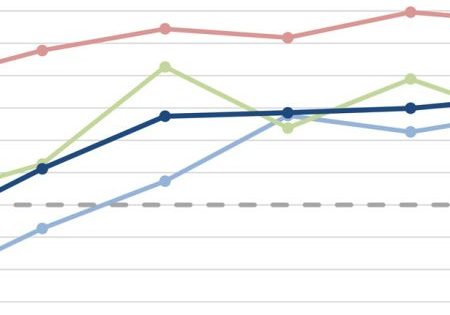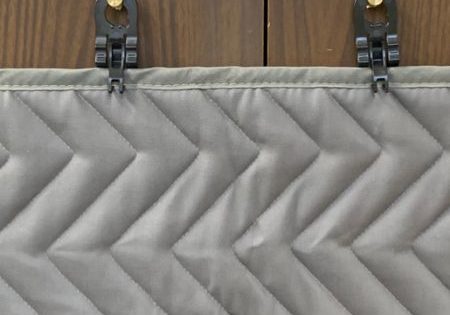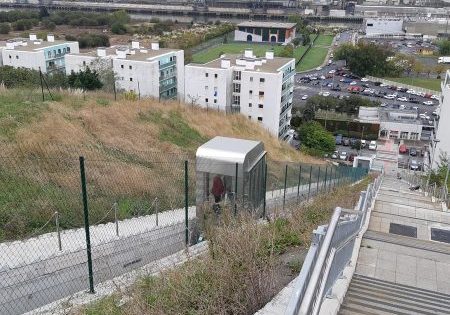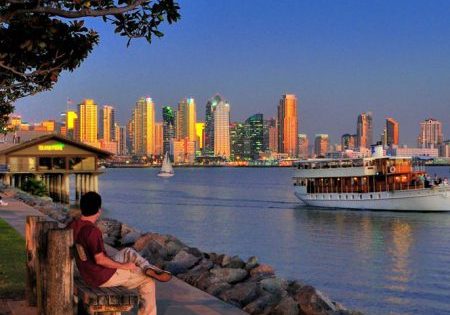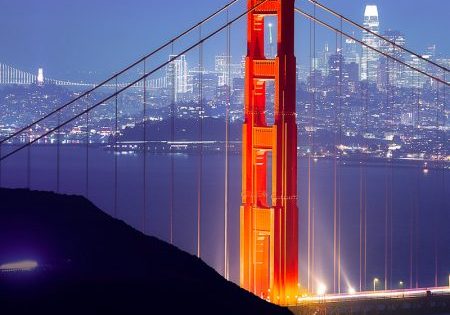“American Success Story”
Feb 28, 2022
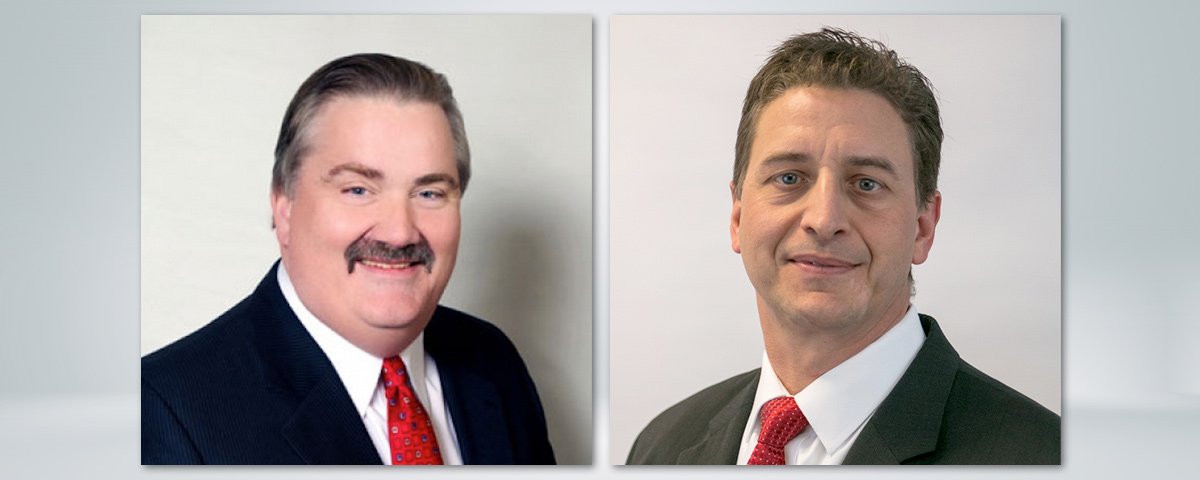
A far-reaching discussion with principals of VT consultancy VDA
Recently, the well-established vertical-transportation (VT) consultancy VDA received an investment from Chicago-based investment firm Keystone Capital in December 2021. Its principals, CEO Mike Smith and President Rob Cuzzi, maintain significant ownership and run the 42-year-old company on a day-to-day basis from headquarters in East Hanover, New Jersey, approximately 30 miles west of Manhattan. As a platform investment company, which private equity groups view as a launching point for further acquisitions, VDA foresees both organic and inorganic growth as business expands and others join the VDA-Keystone family. Out of the 17 firms in which Keystone holds an investment interest, VDA is the only VT company. Many, like VDA, are consulting-, engineering- or technology-based. “They look for high-quality, niche-type consulting engineering firms, and their philosophy is to grow based on quality, which aligns perfectly with ours,” Cuzzi said. Earlier this year, Smith (MS) and Cuzzi (RC) took the time to speak with your author (KW) about the company, its growth prospects, industry trends, specific markets and more.
KW: Please provide a brief history of VDA and your careers there.
MS: VDA was founded by John A. Van Deusen in 1980. Over the years, he expanded the company, but the primary market was NYC, handled out of our New Jersey office. That lasted for about the first 20 years of the company. I was specifically brought on because John wanted to expand in the U.S. He thought that would be a good venture to undertake and, of course, I’ve been here for 28 years, so it’s turned out pretty well.
RC: I was brought on 24 years ago to run the NYC operations, where about 80% of our business took place. Since Mike started growing all of the other branches over the past 25-plus years, we’re split about 50-50 — 50% in the NYC metropolitan area and 50% throughout the rest of the country — at this point. We do international work as well, mostly in new construction.
MS: Rob and I and two other partners took over about 12 years ago, and we had approximately 70 people at the time. Now, 12 years later, we’re at 175-plus with approximately 35 offices nationwide. It’s an American success story.
KW: How is the investment from Keystone a good thing for VDA? What will it allow you to do?
MS: It will allow us to expand and continue to grow the business in the way that we think it needs to be grown. There are way too many people out there who want to do elevator consulting the old way, i.e., not utilizing technology. We are in the process of changing a lot of what has been done in the past with a pen and a pad of paper and going to systems where we collect a lot of information at once and then use it for a significant period of time. We don’t have to go out and recollect data.
RC: The philosophies of Keystone and VDA align. Keystone’s philosophy is to grow based on quality.
MS: And that’s what VDA is all about: quality. So, with a partner that can give us pretty much unlimited capital, we’re going to focus on determining what it is we want to do, how we want to do it and with whom. It gives us great power.
KW: It sounds like a really good deal for both Keystone and VDA.
RC: It is. Mike and I are the two principal owners. Mike is CEO, and I am president, and we have other minority partners in house who were with us from before the investment from Keystone. Our team continues to run the company.
KW: Why this deal and not another type?
MS: Over the years, people approached us about possibly buying us out straightaway. We’ve devoted a lot of time and effort to finding really good, quality people and keeping them in place. What Keystone enables us to do is not only realize a dream that Rob and I had about taking this thing to the next level but also making the most of our human investment. We’ve spent a lot of time over the years trying to find great people, and this allows us to keep those great people in place. With Keystone behind us, we can do great things.
KW: When did discussions with Keystone begin and when was the deal finalized?
RC: Discussions began in late summer 2021 and progressed quickly. Mike said to you earlier that we care about doing the right thing for not only the Company, but for all of our people. So we were very, very careful. We wanted the right partnership for everybody. It was consummated November 30, 2021, and, on December 1, 2021, we became part of Keystone.
KW: How has business been since?
RC: December was the best month of the past two years.
MS: It was one of the best quarters we’ve had in five years.
KW: What were the main business drivers during this time?
MS It was a combination but more on the service side of the business. New construction has certainly picked up since COVID has backed off a little. But, I feel for the people who own and operate office buildings. They are getting hit with so many different regulations, and are looking to us to be their elevator expert. They say, “I’ve got a contractor that comes in and maintains my equipment, but am I getting the right service for the right amount of money? Am I under the right piece of paper as far as a contract is concerned? Do I need to be proactive as far as my equipment is concerned? Is there something in terms of planning that I need to do?” One of the things we really honed in on over the past year is that there are a lot of people out there that, No. 1, don’t know how much equipment they have and, No. 2, have no clue when they are going to need to reinvest in that equipment. So, we’ve taken advantage of filling that void and making clients aware that we can help them with that.
The other thing, too, is when you get to the size we are, you don’t stay complacent. So, this year one of the big focal points for us is to emphasize that our consultants are competent, and that’s the real strength of the organization. When somebody calls who is a good client and says “I need your help” in a certain location, they may not be aware they’ve got four or five options. But, you’re a fool if you don’t mention it. That’s one of the big advantages we have over a lot of the other people that claim to be consultants. I vividly remember a conversation I had with a management company about two years ago. The fellow was calling about a machine going into an overhead. I said, “Do you want us to send you a local consultant or do you want us to send you someone who actually knows what it is they’re looking at?” They happened to be in the suburbs of St. Louis and he said, “I want somebody that knows what they’re looking at.” I told him it’s going to cost him something, because the people for that are either in Chicago or in Houston. Well, it actually turned out that our person in Bloomington, Indiana, was able to get to that building the next morning. And one of the nice parts for an organization like ours is, that person then followed that job with a complete modernization of not only that car but the other 10 cars that were in the building. He was proactive and capable, and capability is what we’re all about.
KW: Are you hiring or do you foresee hiring anytime soon?
MS We’ve actually hired half a dozen people the past few weeks.
KW: Where are they based?
RC: There are a few in the New York metro area: NYC, New Jersey, Connecticut; and in Chicago, Florida and on the West Coast.
KW: What sets VDA apart?
MS: There is a difference between us and other consultants. If I worked for Otis, which I did for 11-12 years, I could retire tomorrow and put out a shield saying I’m a consultant. So, OK, I’m a consultant, but what do I know? I know what I learned at Otis. Do I know anything about a piece of Fujitec equipment? Do I know anything about a Schindler piece of equipment? The answer is, “No.” Yet, I’ll go around and promote myself as if I’m a competitor of VDA. Quite honestly, we really only have one national competitor, and that’s Lerch Bates, as we are the only two companies in our space that have a national footprint.
KW: Tell me what’s going on in NYC.
RC: There was a shutdown of new construction and there was a temporary halt to modernization, which, thankfully, was just temporary. I think the main effects now are that people are having difficulty getting qualified labor, especially as work is coming back. You hear all the time about people saying, “With COVID and so forth, I’m going to take early retirement.” So that’s affected us to a certain extent. Also, a big challenge going forward is in the commercial office sector because the owners, although they’re trying to keep operations going, are not really sure what the future is going to look like as far as “work from home.” There is always a certain sector that says we’re going to get back to pre-COVID occupancy levels. Others think we’re going to get to 50%. Before COVID, the city’s office buildings were all over-occupied. They were cramming people into basements and turning wash closets into offices. Buildings were too dense. People were taking a building designed for, say, 1,000 people and fitting 1,500 into it, so elevatoring for that is something we were doing pretty often. Now, we’re getting back to smaller populations working out of offices. So that’s one challenge, and the other big challenge is getting materials. Materials prices have gone up and labor costs are going up, a little.
MS: One of the saving graces during the pandemic has been that NYC, from the get-go, determined that elevator personnel are essential workers. If that had not happened, I can tell you there would have been a lot of people in a lot of discomfort in terms of keeping their doors open.
KW: Are there other reasons for optimism in NYC?
MS: We’re very fortunate that NYC just elected a mayor (Eric Adams) who’s a former police officer and very pro-business. I can see over the next year there is going to be a real resurgence in NYC. There is going to be a priority on kids going to school. There is going to be a priority on getting people back to work. I flipped on the television at 4 a.m. before going to work this morning, and the news showed a person coming out of a building on 44th street, going to the cleaners and dropping stuff off and stopping at Dunkin Donuts for a cup of coffee. We need that to continue to happen, and I think it will. We have an administration that’s going to push for people to get back into their offices so the economy can pick up and every person can get back to a regular routine.
RC: Last week, I twice rode on crowded subways. There was a certain amount of tourists, but also many locals. We haven’t seen crowded subways in a while, so it feels like we are getting back on track.
Get more of Elevator World. Sign up for our free e-newsletter.




